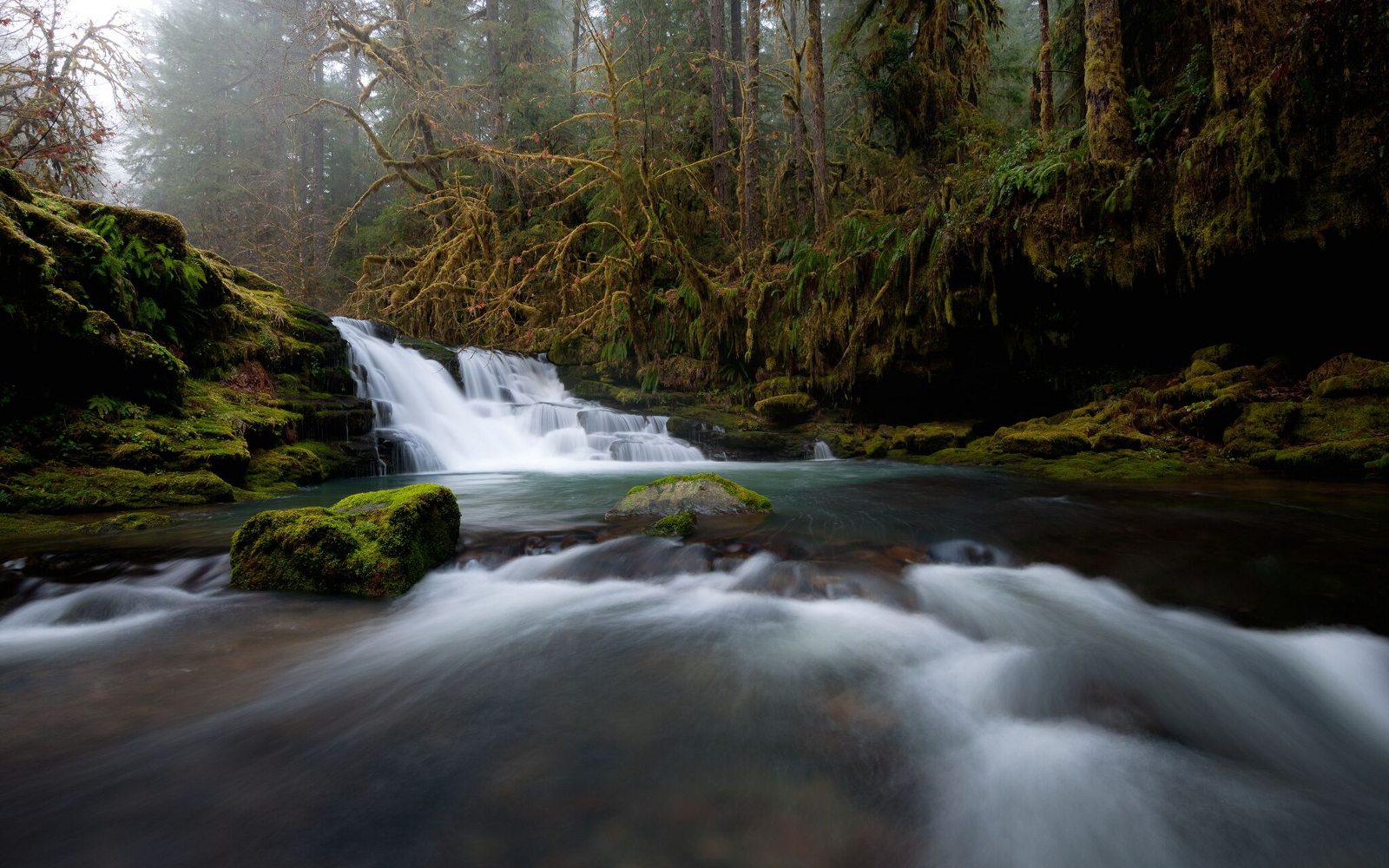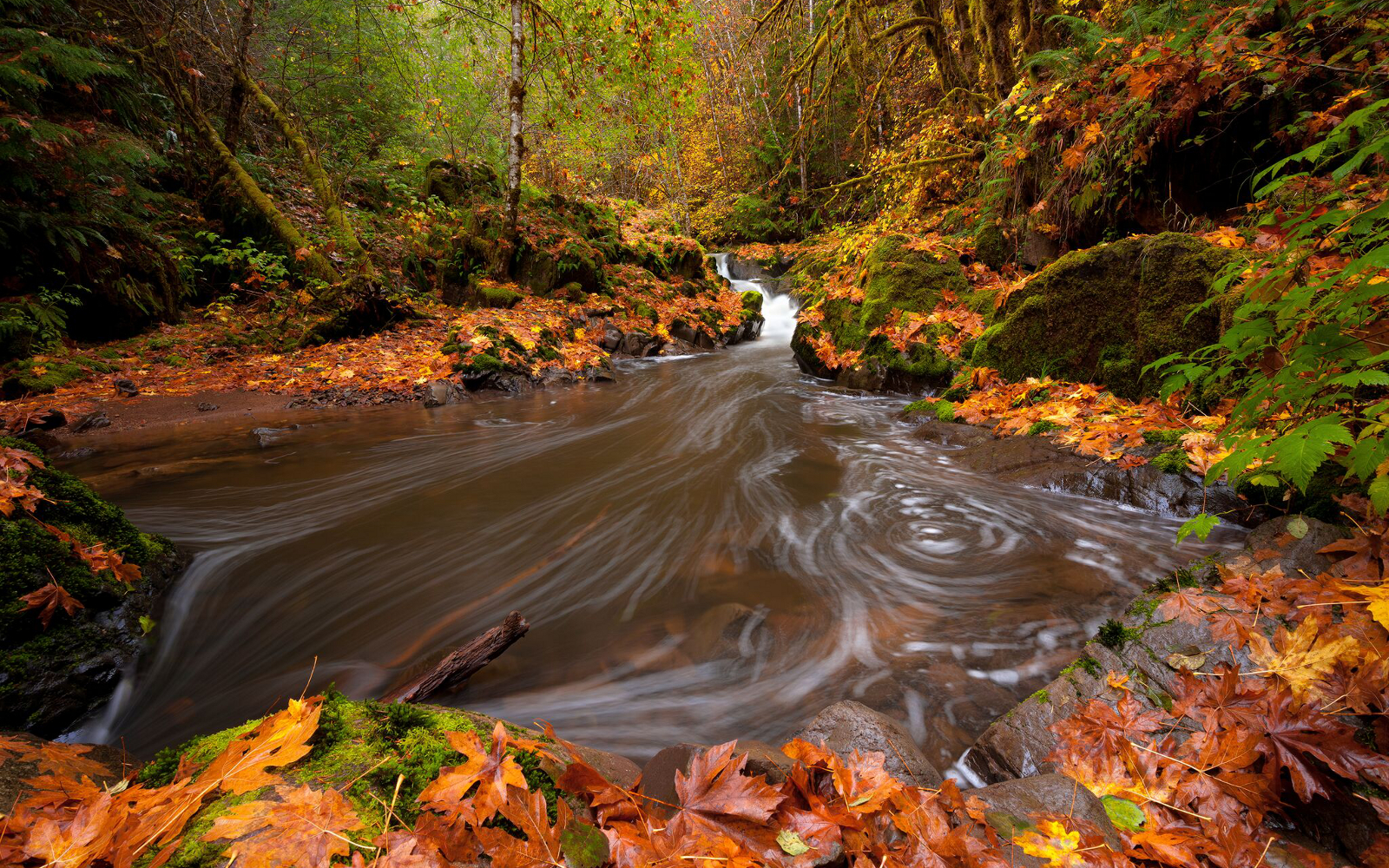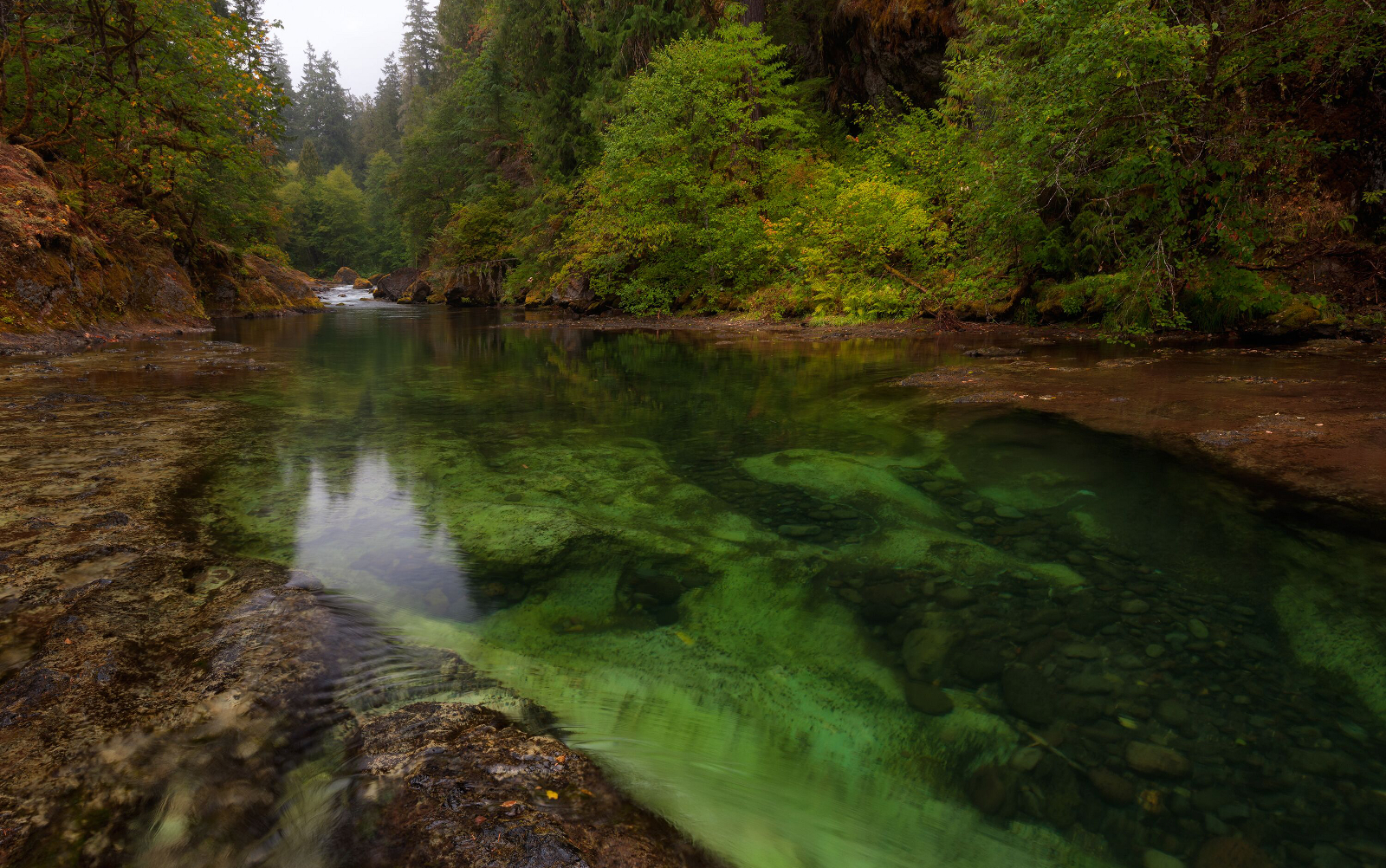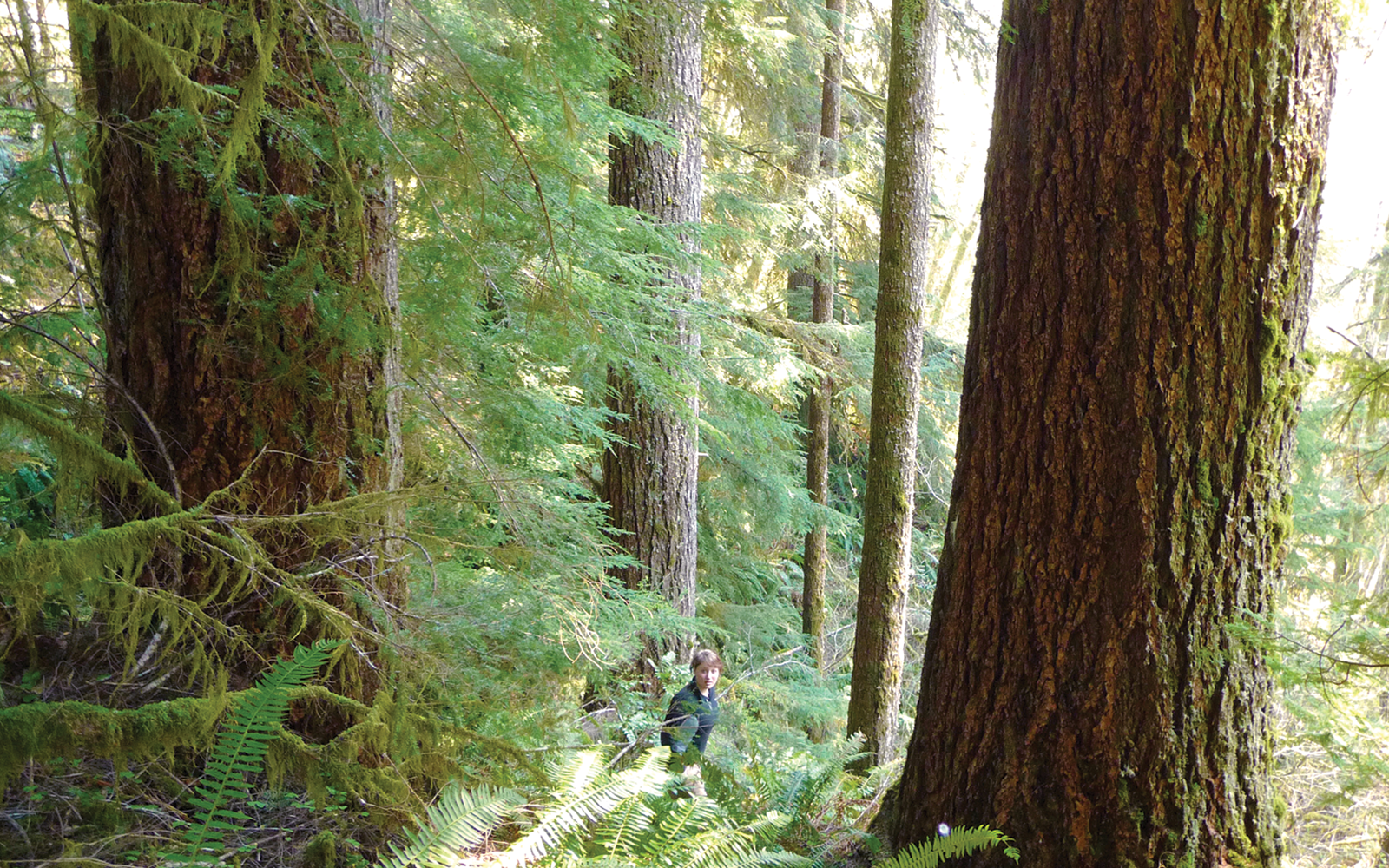August 3, 2017 — Today, the Oregon Department of Fish and Wildlife signed a kill order for the Harl Butte Pack in Northeastern Oregon. The Harl Butte Pack territory largely overlaps with the former territory of the Imnaha Pack which was killed last year by the Department. The kill order comes in response to two recent conflicts with cows on public National Forests, where one calf was confirmed killed by wolves.
Washington to Kill Wolves
July 20, 2017 — State wildlife managers plan to remove members of a wolf pack that has repeatedly preyed on livestock in Stevens County since 2015.
Field Checking the Quartz Timber Sale
The Quartz Timber Sale is an 847-acre logging project set to take place on our public lands in the Umpqua National Forest on the Cottage Grove Ranger District. The … Continue reading Field Checking the Quartz Timber Sale

Press Release: Lawmakers Advance $100 Million in State Bonding Revenue to Keep the Elliott State Forest Public
July 3, 2017 — On July 3 during a work session in Salem, the Capital Construction Subcommittee of the Joint Ways and Means Committee unanimously advanced $100 million in state bonding revenue to protect the 82,500-Elliott State Forest and keep it from being privatized. The vote followed a May 9 State Land Board meeting, where Governor Kate Brown, Treasurer Tobias Read, and Secretary of State Dennis Richardson voted 3-0 to keep the Elliott in public ownership through the use of state bonding capacity and the development of a Habitat Conservation Plan for the Coast Range forest. The full Ways and Means Committee is expected to pass the bill any day.

Suit Filed to Prevent Old-Growth Logging Near Rogue River
June 27, 2017 — Today a coalition of conservation organizations representing tens of thousands of Oregonians filed a lawsuit against the federal Bureau of Land Management (BLM) seeking to halt the “Lower Grave” old-growth timber sale located on the Grave Creek tributary to the Rogue River. This illegal logging project proposes to log fire-resilient old-growth forests currently serving as a critical refuge for the northern spotted owl, Coho salmon and red tree voles.

Press Release: Oregon House of Representatives Passes Suction-Dredge Mining Reform Bill
May 31, 2017 — The Oregon House passed legislation today in a show of bipartisan support to protect sensitive salmon and lamprey habitat from suction dredge mining. The Suction Dredge Reform bill (SB 3-A) takes a measured approach to protecting the most sensitive rivers and streams from the impacts of suction dredge mining, while still allowing suction dredges in areas where they do less harm.

Saving Oregon’s Famed Rivers and Wild Salmon from Gold Mining
by Nick Cady, Legal Director It has been a long road to suction-dredge mining reform in Oregon, but this campaign is close to finalizing permanent protections for Oregon’s iconic rivers … Continue reading Saving Oregon’s Famed Rivers and Wild Salmon from Gold Mining

Battle for the Elliott State Forest Won! Land Board Votes to Keep Forest Public!
May 9, 2017 — In a 3-0 vote today, the Oregon State Land Board, made up of Governor Kate Brown, Treasurer Tobias Read and Secretary of State Dennis Richardson, terminated the protocol that led to the timber industry proposal to privatize the 82,500-acre Elliott State Forest in the Oregon Coast Range.
Press Release: Conservation Organizations Enthusiastic about Governor’s Plan for the Elliott
May 4, 2017 — The Oregon Conservation Network (OCN) is pleased to see the plan released today from the Governor’s office regarding the Elliott State Forest. As a coalition, we care deeply about Oregon’s wildlands, and believe the state has an obligation to protect and enhance our vast forests, wildlife, and habitats. This is why the issue of the Elliott State Forest is such an important one to our members.
Press Release: Oregon Wolf Recovery Stagnant in 2016, Changes to Wolf Plan Concern Wolf Advocates
April 11, 2017 — Today the Oregon Department of Fish and Wildlife released its 2016 annual report for wolf recovery as well as its draft update to the Oregon Wolf Plan. Of particular interest, the annual report shows that wolf packs and breeding pairs documented in the state 2016 declined from 2015 numbers. Pack numbers dropped from 12 to 11, and breeding pairs from 11 to 8. (The state of Oregon defines “breeding pair” as a breeding adult male and female wolf that produce at least two pups which survive through the end of the year.) Overall population numbers in 2016 were largely stagnant from 2015, seeing a 2% uptick to a minimum of 112 wolves.
